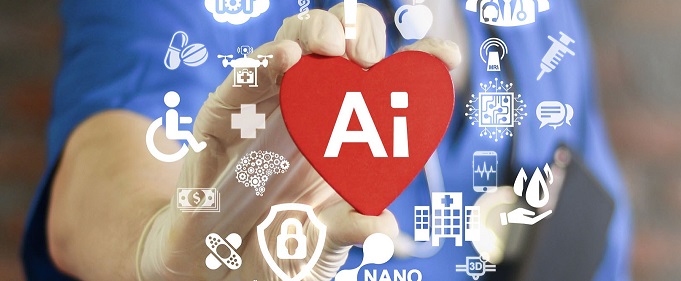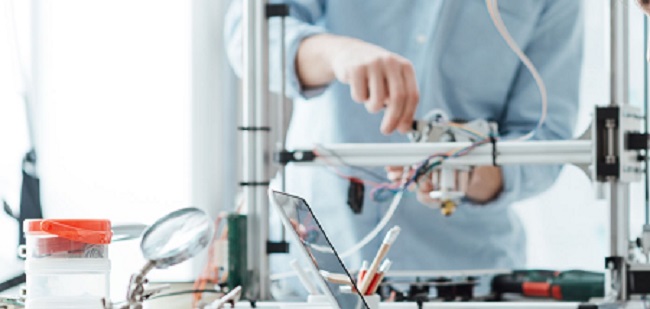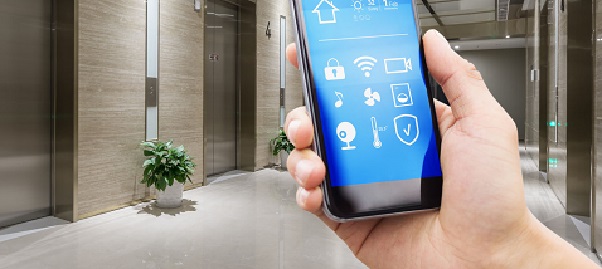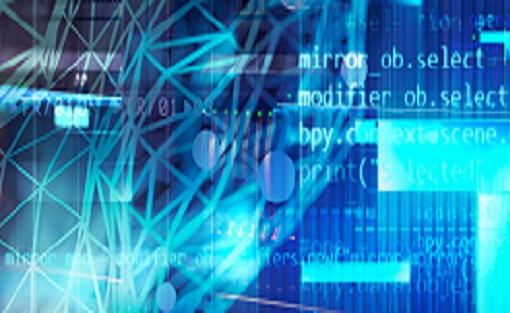The ETSI Technical Committee on Cybersecurity (TC CYBER) unveiled ETSI EN 303 645, a standard for cybersecurity in the Internet of Things that establishes a security baseline for internet-connected consumer products and provides a basis for future IoT certification schemes. Based on the ETSI specification TS 103 645, EN 303 645 went through National Standards Organization comments and voting, engaging even more stakeholders in its development and ultimately strengthening the resulting standard. The EN is a result of collaboration and expertise from industry, academics and government.
ETSI EN 303 645 specifies 13 provisions for the security of Internet-connected consumer devices and their associated services. IoT products in scope include connected children’s toys and baby monitors, connected safety-relevant products such as smoke detectors and door locks, smart cameras, TVs and speakers, wearable health trackers, connected home automation and alarm systems, connected appliances (e.g. washing machines, fridges) and smart home assistants. The EN also includes 5 specific data protection provisions for consumer IoT.
ETSI issued New White Paper on Artificial Intelligence
ETSI has unveiled a new White Paper on Artificial Intelligence (AI). This White Paper explores key issues of AI that present both huge opportunities and new challenges for information and communication technologies (ICT). This ETSI White Paper surveys the many technical activities in ETSI that consider AI. They include 5G systems, network optimization, privacy/security, data management, semantic interoperability and testing across all areas. Each area is considering the use of aspects of AI, including Health and Human Factors scenarios. Key references from other bodies are included for global context.
ETSI releases White Paper on the role of standards for ICT to mitigate the impact of a pandemic
ETSI unveiled a new white paper, written by the officials of the ETSI EP eHealth group, highlighting the role of standards developing organizations (SDOs) in developing standards for ICT to mitigate the impact of a pandemic. COVID-19 is not a mild pandemic, it is a serious, often lethal, health condition, the impact of which is seriously detrimental to social and economic life across the world. The ETSI paper acts to identify a "call to arms" to standards bodies and their constituent members to ensure that when the next pandemic arrives, we can rely on greater harmonization of the supply chain.
The ETSI virtual Security Week 2020, that took place from 8 June to 23 June, successfully closed with a record audience of more than 4000 viewers joining from over 50 countries. Speakers and moderators comprised a variety of stakeholders ranging from global telco operators, vendors and academia to security organizations and other standards bodies.
The 14 webinars focused four key topics around cybersecurity: how to deploy 5G securely in different market sectors, the Cybersecurity Act and the future European Standard developed by ETSI on security for IoT consumer devices, insights into the new Smart Secure Platform, as well as its requirements and impact on the ecosystem and advanced cryptography with quantum-safe cryptography, the technical evolution of the TETRA standard and fully homomorphic encryption.
Presentations displayed a good balance between high level and technical topics and the content provision and led to high interaction with very dynamic and challenging Q&A and panel sessions.
Please click here to access all recorded presentations. You can also download the PDF slide sets.
ETSI INCREASES OUTREACH TO THE RESEARCH COMMUNITY TO ACCELERATE INNOVATION AND STANDARDS COOPERATION
Engaging with Standards at the appropriate stages of research and innovation cycles is crucial to the development of new and evolved technologies. Identifying research topics for standardization at an early stage ensures that the requisite standards will be available to the industry when they are needed to support the relevant new technologies and products as they go to market.
Currently ETSI’s research and academic membership includes over 120 organizations, including public and private research institutes and universities from Europe and beyond. ETSI seeks to expand the existing research and academic community as well as reinforce the links with European research projects and platforms in order to build an active community of research and industrial partners, working towards a shared goal.
The sanitary crisis we are currently experiencing is a good example of where research results are essential to bringing new solutions and services to market in a timely manner. The world is looking for a vaccine against COVID-19, smartphone apps are being developed and deployed and the processing of massive amounts of medical and other logistical data is essential to mitigating the current and future pandemics.
To facilitate upcoming standards, the ETSI SmartM2M technical committee has released ETSI TR 103 546, a Technical Report on smart lifts, collecting and developing the type and range of data which should be exchanged between lifts and their relevant management applications. This study paves the way for technical requirements to monitor the activities and the performance of such lifts and describe their interaction with IoT devices and applications.
ETSI TR 103 546 specifies three categories of users and their role in the system: users of the lift with their needs, people and companies involved in this industry, such as manufacturers, suppliers or maintenance organizations and the owner or administrator of the buildings. Signals and controls are clearly identified, and a set of use cases highlights concrete and comprehensive examples of the usage and role of those signals and commands. The ETSI Technical Report outlines the complexity of the lift ecosystem, comprising both local and remote components which need to interact with one another as well as with external systems belonging to many different sectors. This leads to the conclusion that standards are key. Indeed, the whole system needs a full communication and interworking framework, able to reuse multiple communication technologies, to be interoperable, to integrate IoT devices and human interactions, and to provide semantic support and semantic interoperability.
ETSI has announced the creation of a new Industry Specification Group addressing Non-IP Networking (ISG NIN). The kick-off-meeting took place on 25 March and John Grant, BSI, was elected as the ISG Chair, and Kevin Smith, Vodafone, was elected as ISG Vice Chair. The new group will supersede an existing ETSI group for Next Generation Protocols (ISG NGP), created in 2015 to look at networking technology needs in the upcoming 5G era.
With the increasing challenges placed on modern networks to support new use cases and greater connectivity, Service Providers are looking for candidate technologies that may serve their needs better than the TCP/IP-based networking used in current systems.
ETSI has released its 2020-2021 work programme. In ETSI we are constantly exploring new ways to make the development of standards faster and more efficient. Our FORGE platform, for example, gives developers free access to open-source code produced by our members. And as we have already seen this year, the need for effective virtual collaboration between individuals and teams has never been keener.
At the start of 2020 we had little idea just how abruptly our own operational processes would shift. The devastating societal impact of the coronavirus has imposed profound challenges on every organization. As our own modus operandi evolves, so does the scope of ETSI’s standardization activities.
This Work Programme highlights some of the technical areas attracting the attention of our members with new groups created, including new networking protocols (Non-IP networking), 5th generation fixed networks and the security of Artificial Intelligence-based systems. To help tackle the pandemic, we launched E4P, Europe for Privacy-Preserving Pandemic Protection, an Industry Specification Group initiated to develop specifications that will ensure the interoperability of Covid-19 tracing applications throughout Europe.
The ETSI Technical Committee on Cybersecurity (TC CYBER) unveiled ETSI EN 303 645, a standard for cybersecurity in the Internet of Things that establishes a security baseline for internet-connected consumer products and provides a basis for future IoT certification schemes. Based on the ETSI specification TS 103 645, EN 303 645 went through National Standards Organization comments and voting, engaging even more stakeholders in its development and ultimately strengthening the resulting standard. The EN is a result of collaboration and expertise from industry, academics and government.
ETSI EN 303 645 specifies 13 provisions for the security of Internet-connected consumer devices and their associated services. IoT products in scope include connected children’s toys and baby monitors, connected safety-relevant products such as smoke detectors and door locks, smart cameras, TVs and speakers, wearable health trackers, connected home automation and alarm systems, connected appliances (e.g. washing machines, fridges) and smart home assistants. The EN also includes 5 specific data protection provisions for consumer IoT.














